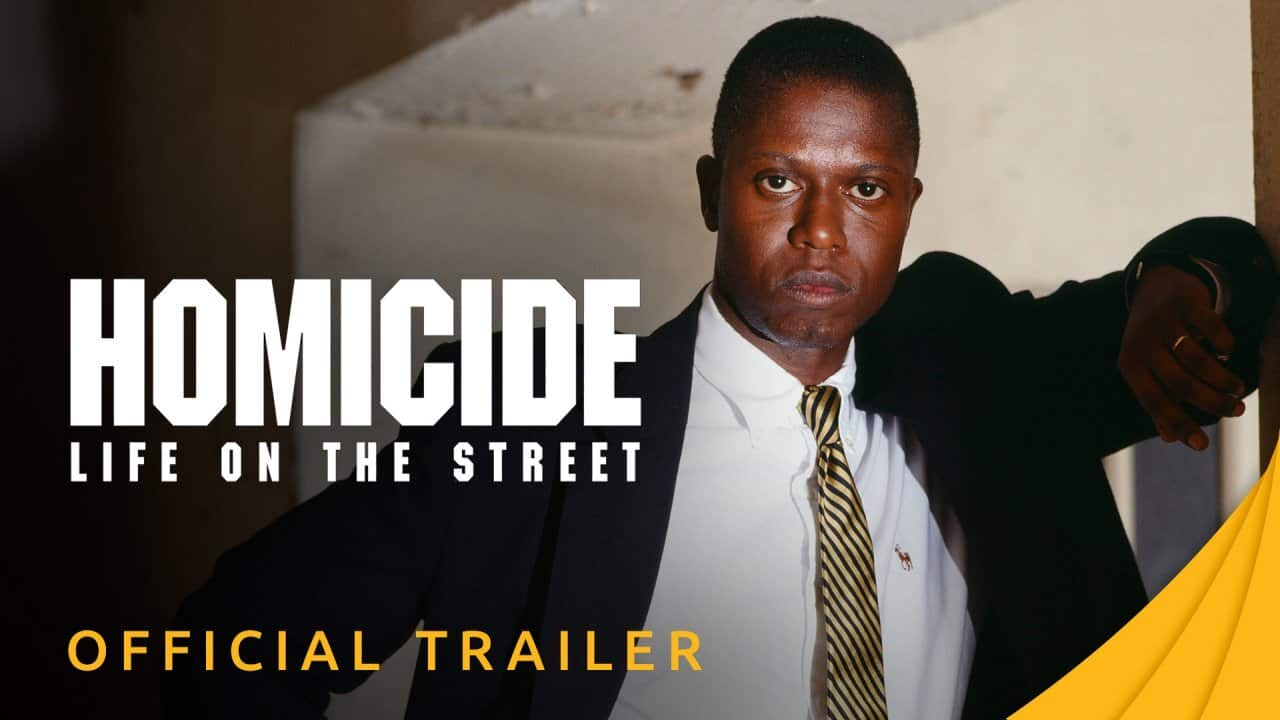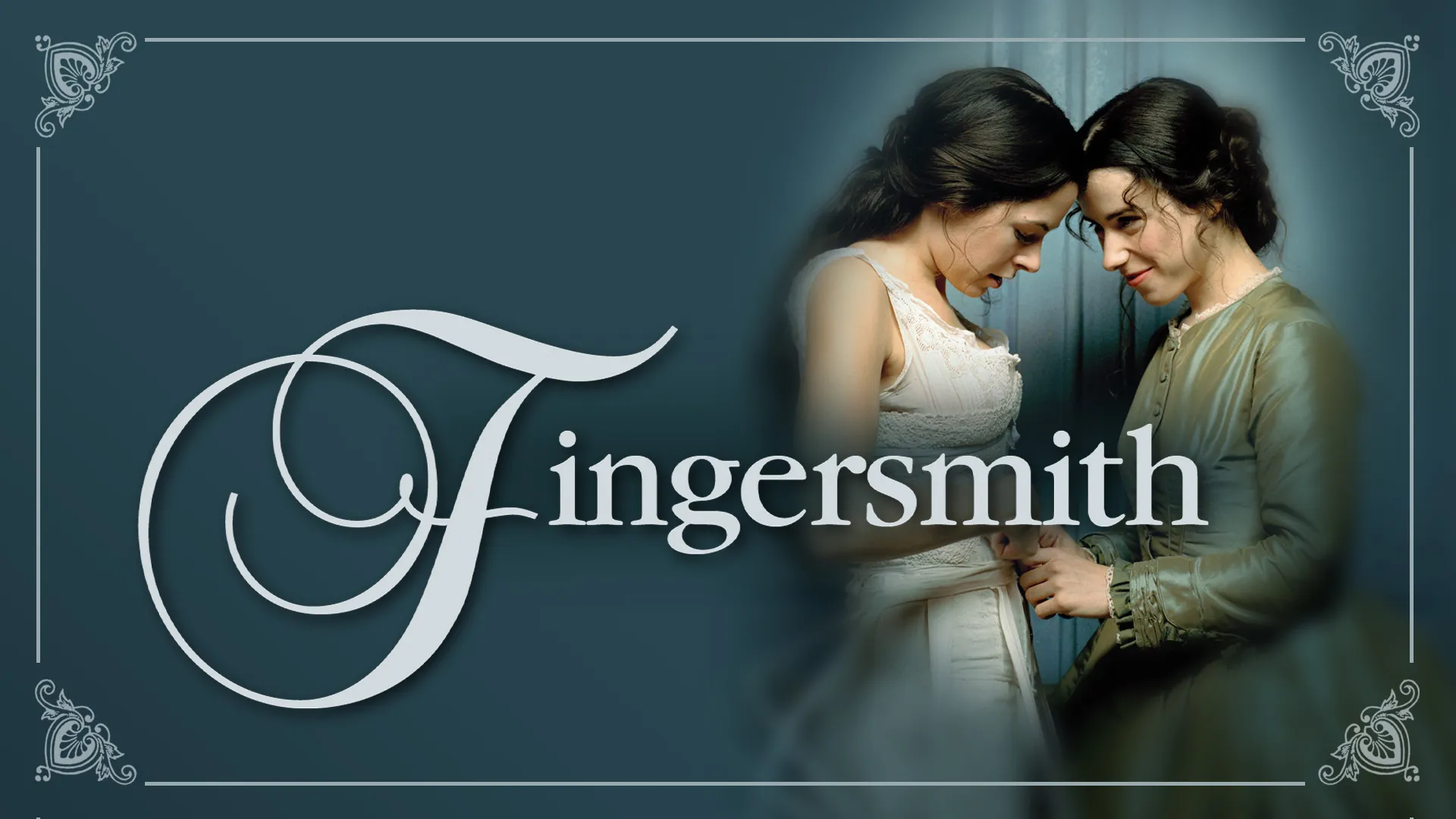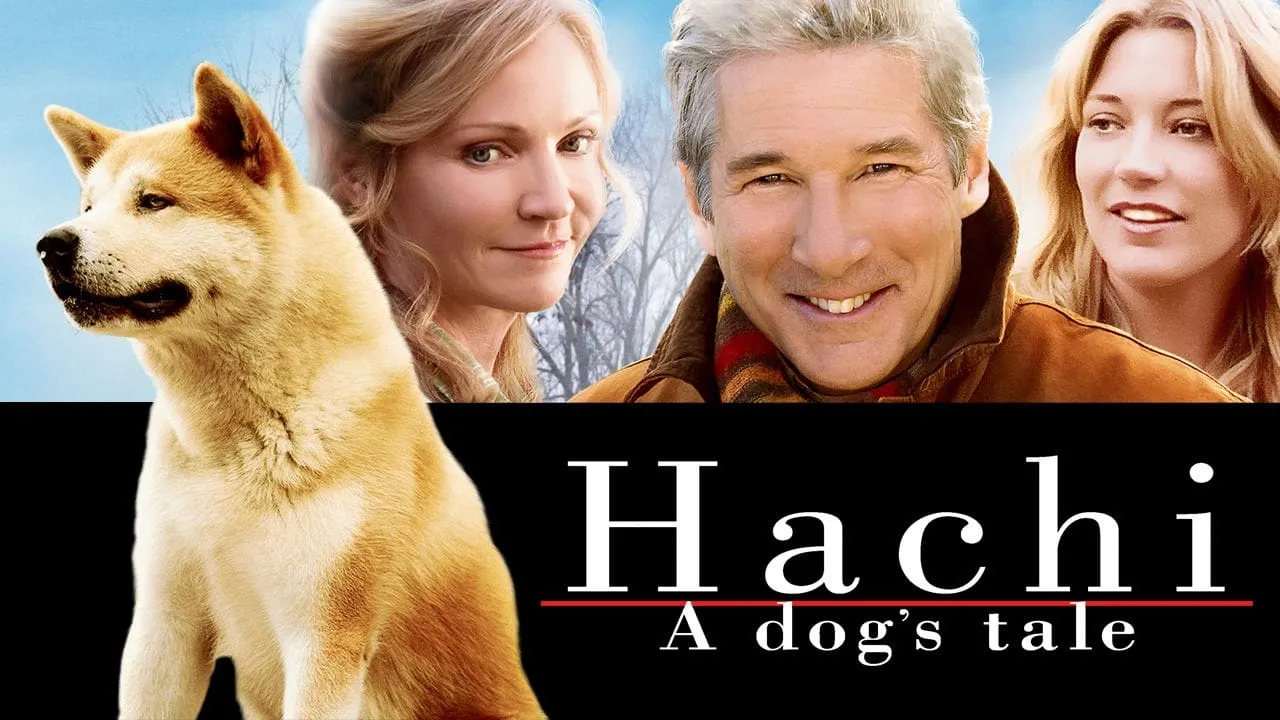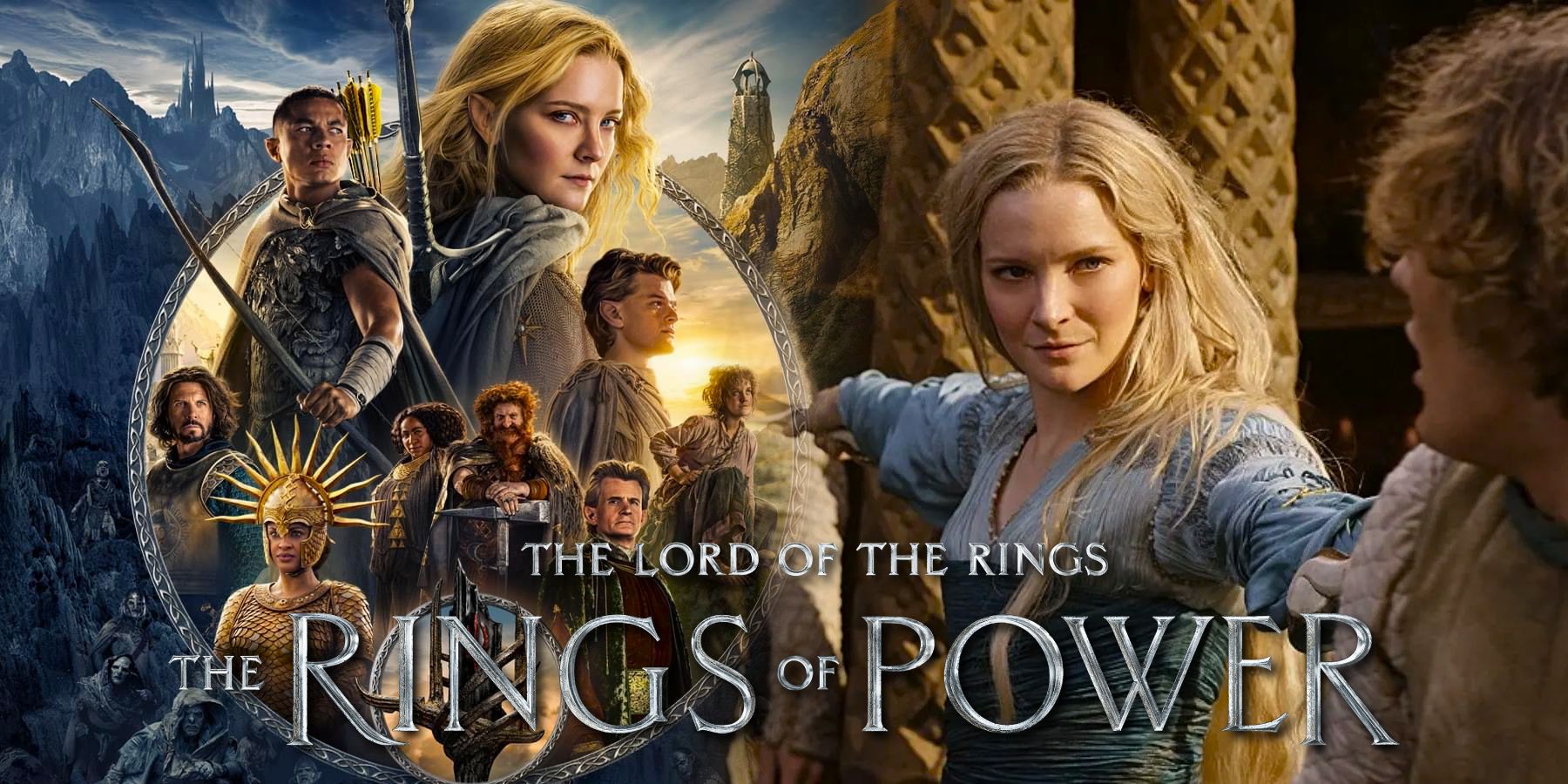Tarzan (1999): Disney’s Visually Stunning, Emotionally Rich Jungle Tale
Disney’s Tarzan (1999) is a vibrant animated adventure that brought a classic literary character to a new generation. Based on Edgar Rice Burroughs' early 20th-century novel Tarzan of the Apes, this animated adaptation tells the story of a human boy raised by gorillas in the African jungle, navigating themes of identity, family, and belonging. Directed by Chris Buck and Kevin Lima, Tarzan marked the end of the Disney Renaissance and introduced cutting-edge animation techniques alongside an unforgettable Phil Collins soundtrack.
The story begins when Tarzan’s parents are shipwrecked on the coast of Africa. After they are tragically killed by a leopard named Sabor, their infant son is rescued and adopted by a kind-hearted gorilla named Kala (voiced by Glenn Close), despite protests from her mate, the silverback leader Kerchak (Lance Henriksen). Tarzan grows up among the apes, learning to survive and eventually becoming a powerful and agile man—yet always feeling like an outsider among his gorilla family.

Tarzan’s life changes when a group of human explorers arrives in the jungle, including the charming and curious Jane Porter (voiced by Minnie Driver), her eccentric father Professor Porter (Nigel Hawthorne), and the arrogant hunter Clayton (Brian Blessed). For the first time, Tarzan encounters others like him, forcing him to confront questions about where he truly belongs: with the gorillas who raised him or the humans who reflect his origins.
The emotional heart of Tarzan lies in this central conflict of identity. Tarzan's journey is not just physical but emotional, as he struggles to bridge the gap between two worlds. His love for Jane introduces a new dynamic and ultimately motivates him to protect his gorilla family from human exploitation, particularly from Clayton, whose villainous intentions turn the jungle into a battleground.
Visually, Tarzan was groundbreaking. The film utilized a technique called “Deep Canvas,” which allowed 2D characters to move fluidly through richly detailed, 3D-painted environments. This innovation was especially effective during Tarzan’s thrilling tree-surfing sequences, giving audiences a rollercoaster-like perspective of jungle life. These kinetic scenes helped distinguish Tarzan from other Disney films, making the action as exhilarating as the emotion was resonant.

Adding to the film’s emotional and thematic depth is its soundtrack. Phil Collins composed and performed several original songs, including “You’ll Be in My Heart,” which won the Academy Award for Best Original Song. Collins’ music, combined with Mark Mancina’s orchestral score, added a contemporary and deeply heartfelt layer to the film that continues to resonate with audiences.
Critically and commercially, Tarzan was a success. It grossed nearly $450 million worldwide and received praise for its animation, music, and emotional storytelling. While not as musically driven in terms of character-sung numbers as previous Disney musicals, its action, heart, and technological innovation made it a memorable close to a remarkable era in animation history.

In conclusion, Tarzan is more than just a jungle adventure—it’s a story about identity, family, and the universal desire to belong. With breathtaking visuals, moving performances, and an iconic soundtrack, Tarzan remains one of Disney’s most powerful and beautifully crafted animated features.



